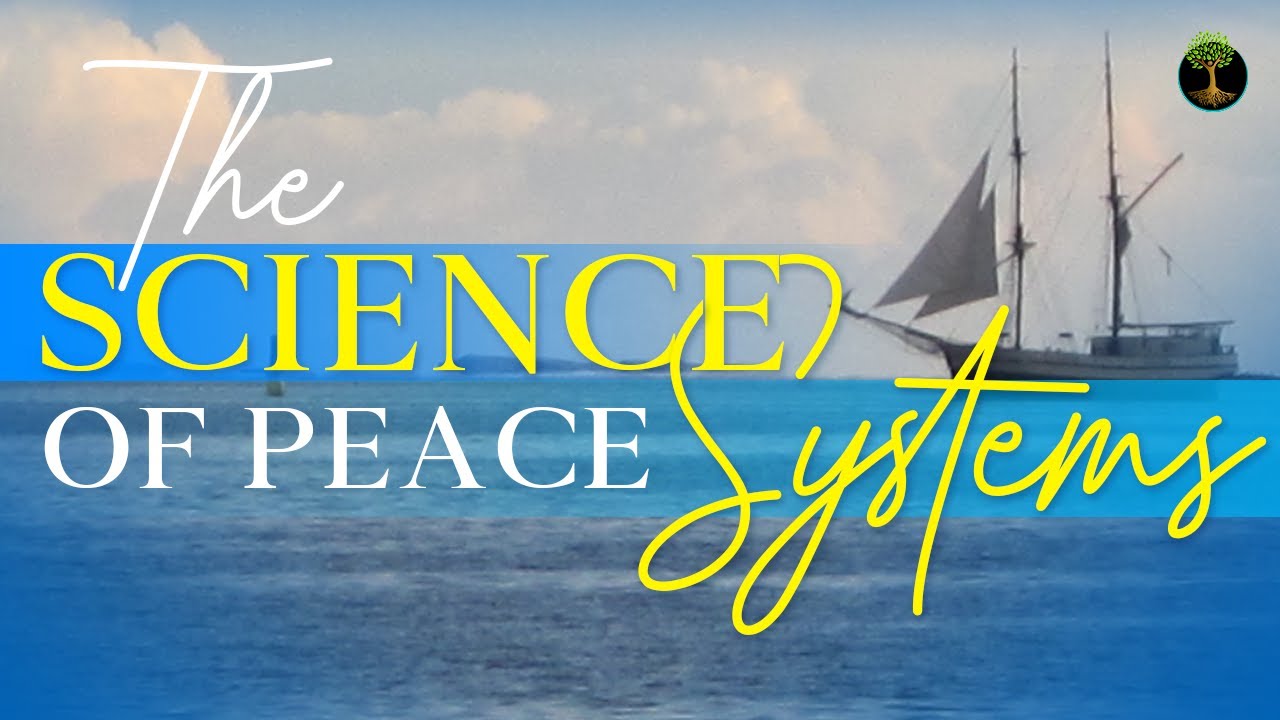Written by Douglas P. Fry and Geneviève Souillac
A Path Away From War: The Science of Peace Systems presents a brief overview of how peace systems from different parts of the world successfully prevent war and facilitate unity and cooperation among neighboring societies, including among nations. The Nordic Nations, for instance, have not warred with each other since 1815, and the Haudenosaunee Confederacy maintained a lasting peace for over 300 years.
Creating and expanding existing peace systems holds the potential in today’s world to facilitate the international cooperation necessary to address such existential challenges as global pandemics, pollution of the seas, loss of biodiversity, nuclear proliferation, and climate change that threaten all of us.
[2022, Sustainable Human, 9:00 min.]
Related Peace System Resources
- The five Nordic Nations comprise a non-warring peace system. Fry, D.P., Souillac, G., Liebovitch, L., Coleman, P.T., Agan, K., Nicholson-Cox, E., Mason, D. Palma Gomez, F. & Strauss, S. Societies within peace systems avoid war and build positive intergroup relationships.
Humanities and Social Sciences Communications 8, 17 (2021). - The five tribes of the Haudenosaunee (Iroquois) replaced chronic warfare with a peace system based on cooperation, unity, and law. Fry, Douglas P. & Souillac, Geneviève. Peaceful societies are not utopian fantasy. They exist. The Bulletin of the Atomic Scientists (Published online, March 22, 2021).
